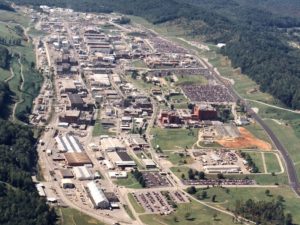
There are at least 500 too few employees at the Y-12 National Security Complex in Oak Ridge, Tenn., which has contributed to a cost increase and schedule slip for the uranium processing facility under construction there, the Secretary of Energy testified in Congress Thursday. In its budget request for fiscal year 2024, the National Nuclear Security Administration (NNSA), part of the Department of Energy, said the Uranium Processing Facility (UPF) would cost between $8.5 billion and $8.95 billion to complete.…













